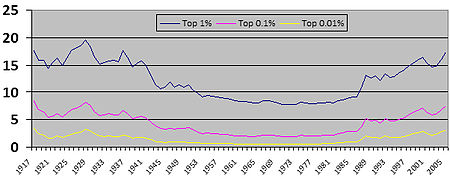Mitt Romney’s weapons of mass anachronism
In one brilliant moment in last night’s US Presidential debate, see Barack Obama was able to take a Mitt Romney soundbyte – that the US Navy is smaller today than it was in 1916 – and turn it into a meme-beating-meme of his own. Which led to a lot of spin-off memes. But in thinking about it, visit this I realized: Mitt Romney has a lot of reasons to look back fondly at 1916.

Background for non-political junkies
Here’s Barack Obama’s one-liner lampooning Mitt’s fixation with 1916 – as Tweeted by the @Obama2012 team:
POTUS: “You mentioned the Navy and that we have fewer ships than we did in 1916. Well, thumb Governor, we also have fewer horses and bayonets.”
— Obama 2012 (@Obama2012) October 23, 2012

Which of course, went viral on social media almost instantly. So last night, hoping to add to the viral feeding frenzy, I posted an infographic (at right) about Mitt Romney and his binders full of modern ideas.
But 1916 was a really interesting choice for Romney to make in many, many other ways. I’ll give you 10 – with my tongue firmly in cheek of course.
10 Reasons for Mitt Romney to like 1916 so much.
- American “manifest destiny” dreams were at their peak. American troops occupied Nicaragua, Panama, Haiti, the Philippines, and a bunch of others. Sure it was expensive. But it was cool.
- The US Navy had WAY more boats in 1916 than today. Okay, they looked like this (below), but there were LOTS of them!

- The US invaded the Dominican Republic. They installed a puppet dictatorship, then spent years fighting grumpy insurgents. Mitt should try that somewhere. It could work!
- Republicans were pushing the US to go to war with Mexico! That would have been awesome!
- Massive military buildups between the world’s superpowers over the previous decade meant that in Europe they were having a Great War!
- It only cost $17 million to build 375 new “aeroplanes” in 1916. In the F35 fighter program that would buy you a floor mat and two barf bags.
- The rich were doing just fine.The Rockefellers and Carnegies were at their height and the richest 1% held more wealth than ever before in history!

Check out the similarity between 1917 – what gazillionaires refer to as the “good old days” – and the modern era. Oh, but cheat the 2012 line up to 24%. - Blacks were allowed to vote, but sneaky tricks were used to keep them away from the polls! Forget photo ID laws. Those 1916 voter suppression ideas were even more radical!
- American women couldn’t vote yet. That would totally help Mitt’s chances!
- A popular Democrat named Woodrow Wilson won a second term running against a completely forgettable Republican opponent. That guy was named… um…
Oh wait. Ignore that last one Mitt! 1916 is totally the year you should focus on!


 The Imax movie theatre: that shows, well, anything and everything available on IMAX. Look at today’s roster from the Web site (right). Nature and geographic adventure films mostly. Oh, and one Maya thing that ties in to a special exhibit, which brings us to…
The Imax movie theatre: that shows, well, anything and everything available on IMAX. Look at today’s roster from the Web site (right). Nature and geographic adventure films mostly. Oh, and one Maya thing that ties in to a special exhibit, which brings us to…




